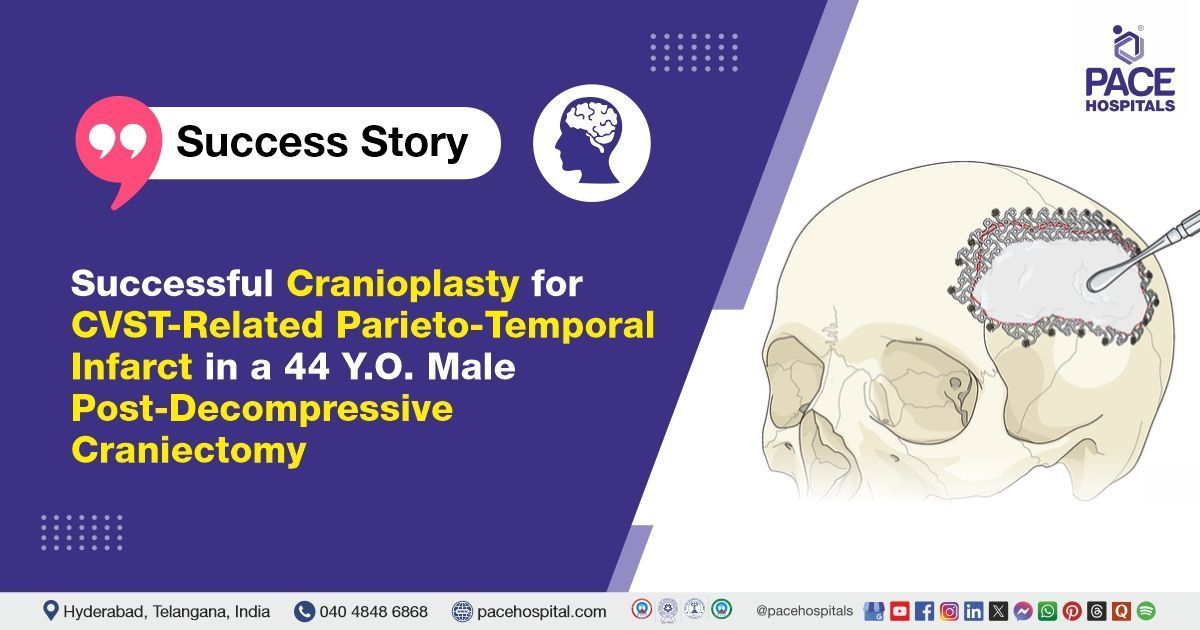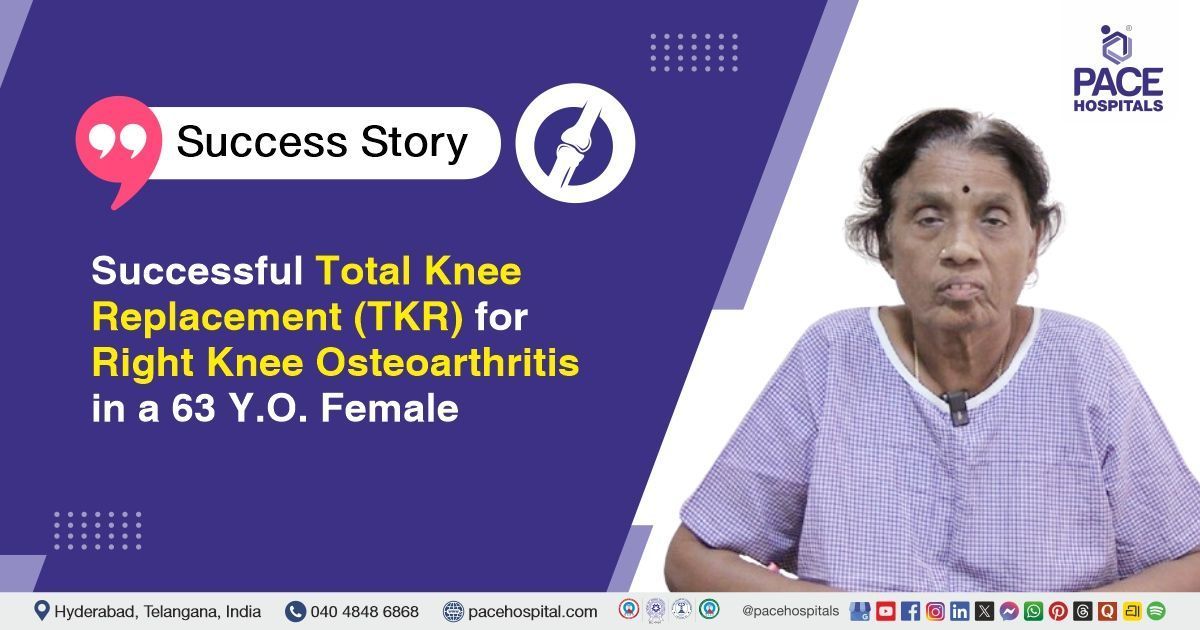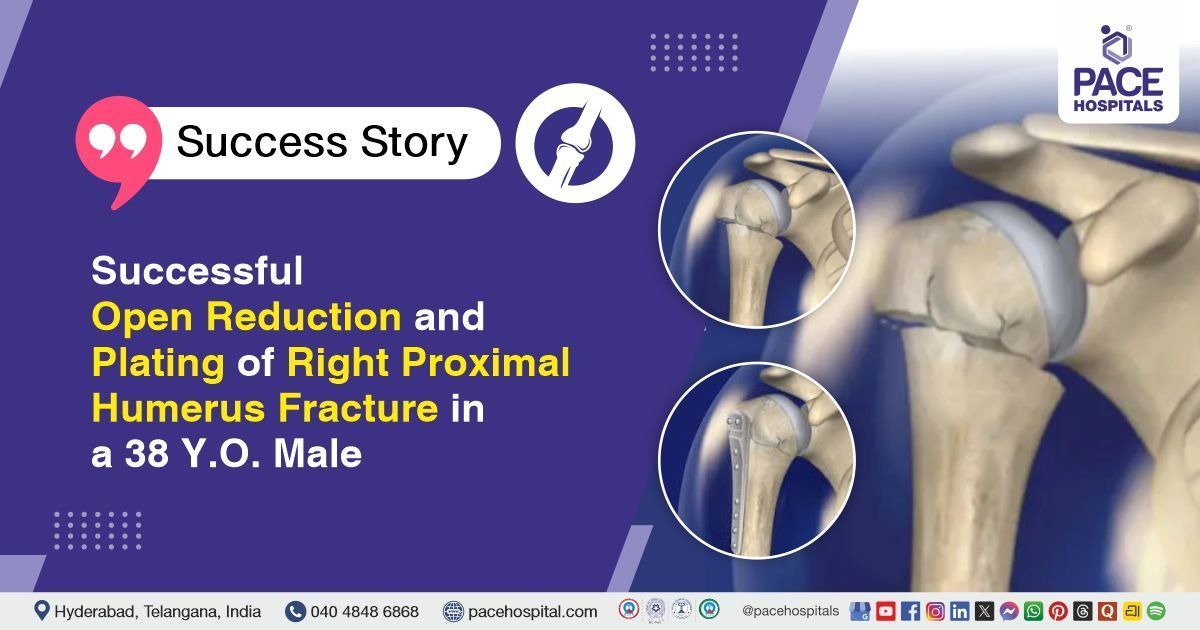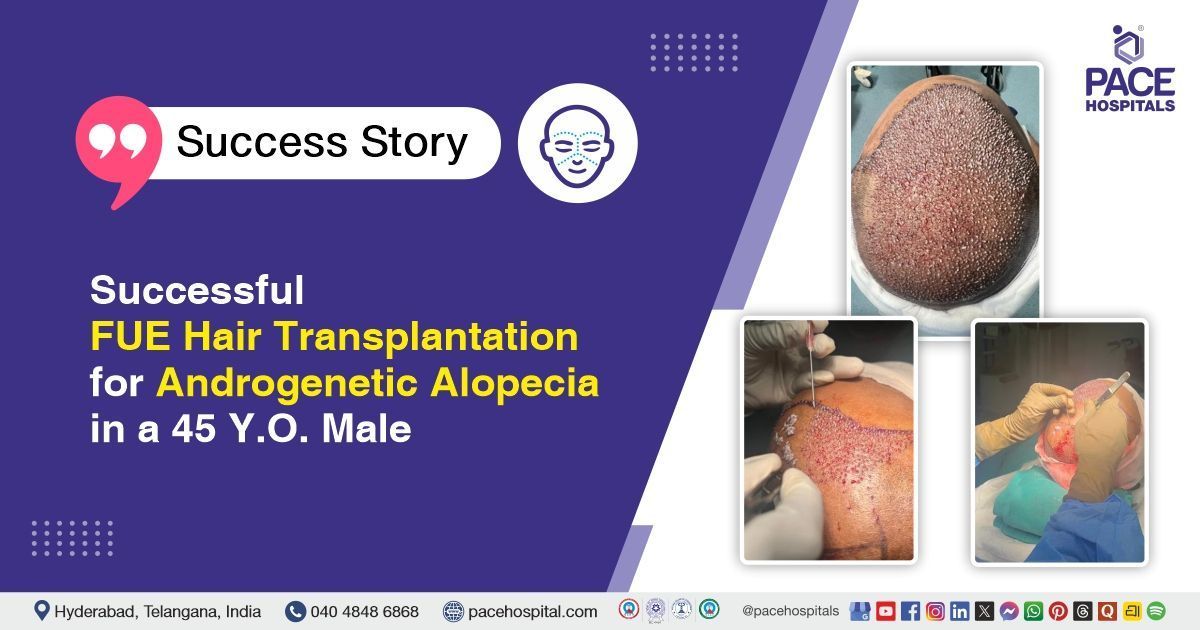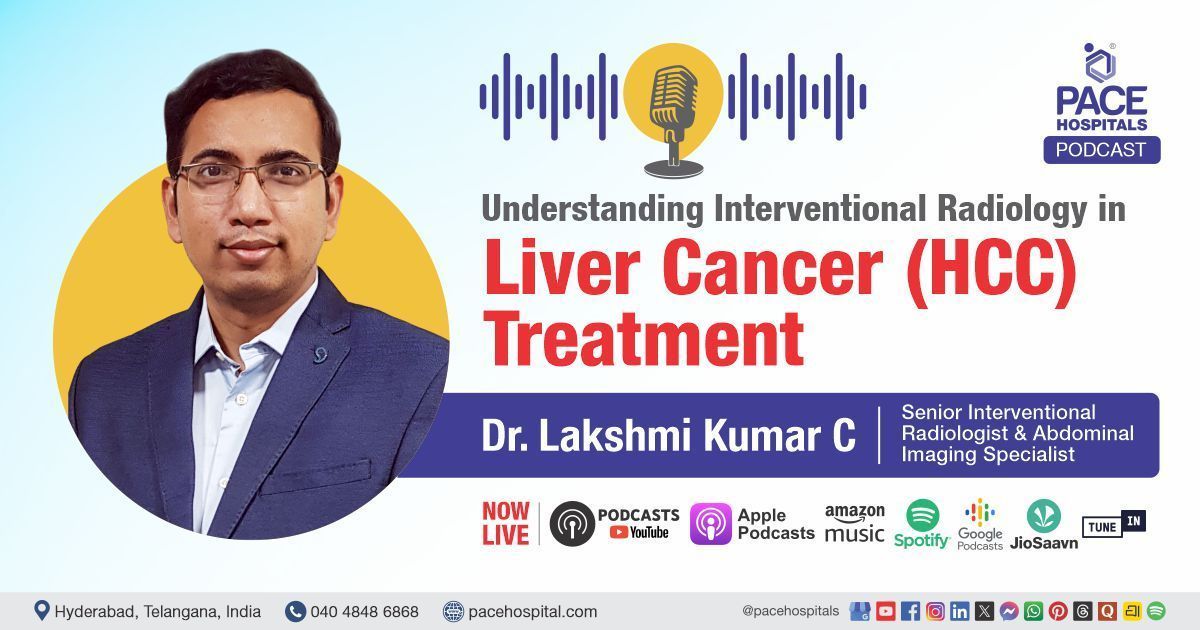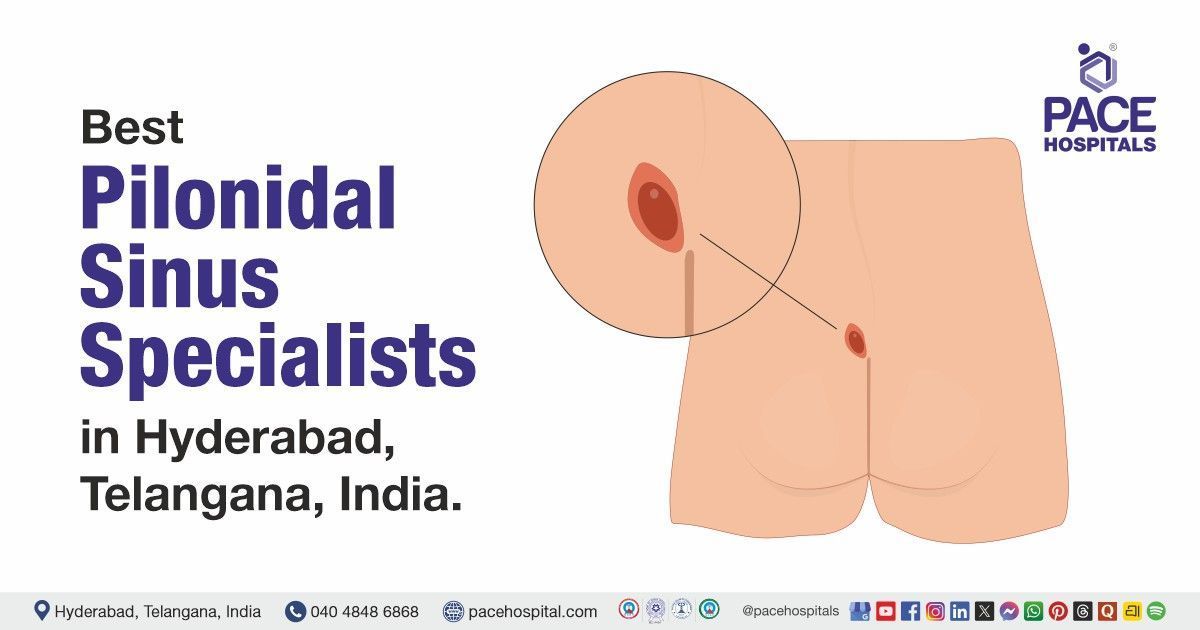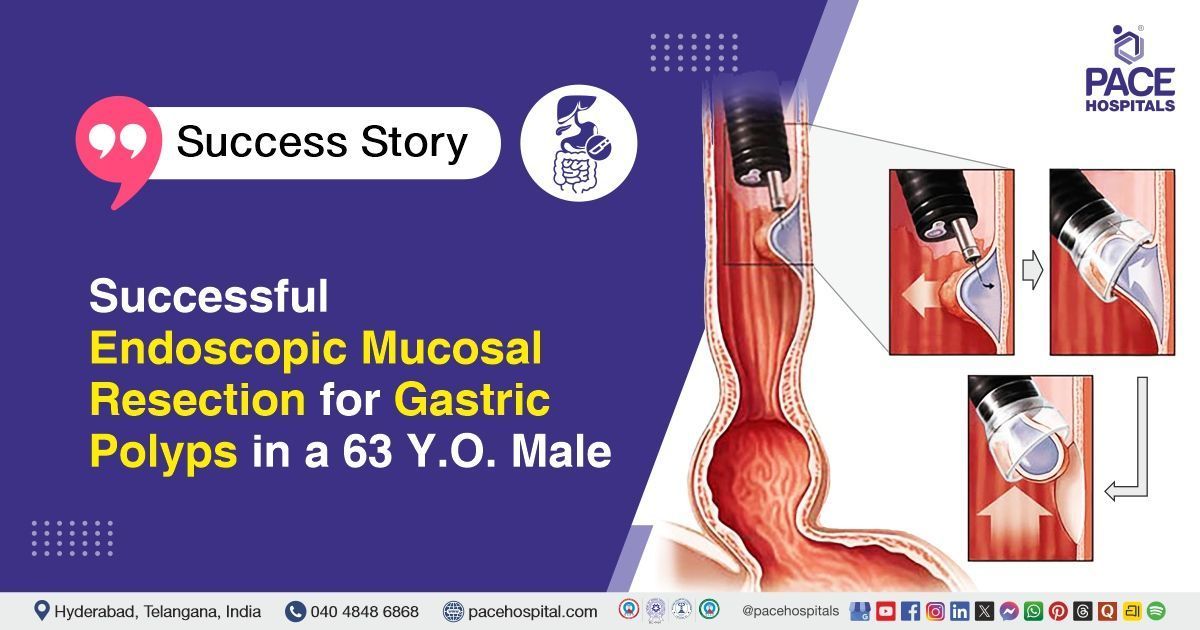Successful Cranioplasty for CVST-Related Parieto-Temporal Infarct in a 44-Year-Old Male Post-Decompressive Craniectomy
Kamal Prakash
PACE Hospitals’ expert Neurosurgery team successfully performed an Autologous Bone Cranioplasty on a 44-year-old male patient diagnosed with Right Superior Sagittal Sinus Cerebral Venous Sinus Thrombosis (CVST) with a Right Parieto-Temporal Infarct. The aim of the procedure was to restore the structural integrity of the skull and protect the underlying brain tissue. It was also intended to improve cerebrospinal fluid (CSF) dynamics and support neurological and cosmetic recovery.
Chief Complaints
A 44-year-old male patient with a
body mass index (BMI) of 22 presented to the Neurosurgery Department at
PACE Hospitals, Hitech City, Hyderabad, with a known case (K/C/O) of Right Superior Sagittal Sinus Cerebral Venous Sinus Thrombosis (CVST) with a Right Parieto-Temporal Infarct.
Past Medical History
The patient had a known history of Right Superior Sagittal Sinus Cerebral Venous Sinus Thrombosis (CVST) with an associated Right Parieto-Temporal Infarct and was status post (S/P) decompressive craniectomy.
On Examination
On general examination, the patient was moderately built, well-nourished, conscious, and coherent. Vital parameters were within normal limits. Cardiovascular examination revealed normal heart sounds (S1, S2), and respiratory examination showed bilateral air entry. Neurological assessment demonstrated left upper and lower limb weakness (power 3/5), with muscle wasting in the left upper limb and increased tone. The previous surgical site appeared healthy, with no signs of infection or inflammation.
Diagnosis
Upon admission, the patient underwent a comprehensive clinical evaluation along with the patient’s medical history and detailed diagnostic investigations conducted by the Neurosurgery team.
Laboratory and special investigations were conducted as part of the preoperative assessment. Complete blood count (CBC) was within normal limits, indicating no systemic infection or active inflammation. Viral screening for HIV, Hepatitis B, and Hepatitis C was negative. Renal function tests and serum electrolytes were stable, with mild hyponatremia noted and corrected without complications. Chest X-ray and 2D echocardiography showed normal heart size, function, and clear lung fields, with only Grade I diastolic dysfunction identified, which posed no immediate surgical risk. Swab culture from the previous surgical site revealed no bacterial growth, indicating the absence of local infection.
Imaging studies, including multiple CT brain scans, demonstrated postoperative changes consistent with the prior decompressive craniectomy performed for right superior sagittal sinus cerebral venous sinus thrombosis (CVST) complicated by right parieto-temporal infarct. The scans showed subacute to chronic hemorrhage with edema and mass effect, which had progressively reduced over time. No new intracranial lesions or complications were detected.
Based on the confirmed diagnosis and postoperative status, the patient was advised to undergo Cerebral Venous Sinus Thrombosis (CVST) Treatment in Hyderabad, India, under the expert care of the Neurosurgery Department.
Medical Decision-Making (MDM)
After a detailed consultation with Dr. U L Sandeep Varma, Neurosurgeon, along with cross-consultation by Dr. S Pramod Kumar, a comprehensive postoperative neurological assessment and overall evaluation were performed to determine the most appropriate ongoing management and therapeutic approach. The patient had a history of right superior sagittal sinus CVST with right parieto-temporal infarct and had previously undergone decompressive craniectomy followed by planned cranioplasty.
The clinical evaluation revealed persistent left-sided motor weakness with muscle wasting and increased tone, consistent with residual neurological deficit post-infarct and surgery. Laboratory investigations, including CBC, renal function, serum electrolytes, viral screening, and imaging studies, showed no active infection or new neurological lesions. Minor electrolyte disturbances were corrected without complication.
It was determined that cranioplasty using autologous bone was identified as the most appropriate surgical intervention to restore cranial integrity, facilitate neurological recovery, and reduce the risk of complications related to the previous decompressive craniectomy.
The patient and his family members were informed about his condition, the cranioplasty procedure, its risks, expected outcomes, and the importance of postoperative physiotherapy and follow-up to optimize recovery and monitor neurological status.
Surgical Procedure
Following the decision, the patient was scheduled to undergo Autologous Bone Cranioplasty Surgery in Hyderabad at Pace Hospitals, under the expert supervision of the Neurosurgery Department.
The procedure involved the following steps:
- Preparation and Aseptic Precautions: Under strict aseptic precautions and general anesthesia, the surgical site was thoroughly painted and draped. The patient was positioned appropriately for optimal surgical access.
- Thawing and Preparation of Bone Flap: The cryopreserved autologous bone flap was carefully thawed in an antibiotic solution to minimize infection risk. Meanwhile, the previous surgical incision was revised and deepened.
- Elevation of Subgaleal Flap and Exposure: The subgaleal flap was elevated meticulously to expose all bone edges surrounding the cranial defect. A thorough wash of the surgical site was performed to ensure cleanliness and reduce contamination.
- Fixation of Bone Flap: The bone flap was thoroughly washed with antiseptic solution followed by saline irrigation. It was then positioned and fixed securely to the exposed bone edges using nylon sutures on all sides.
- Closure and Dressing: After a final wash, a surgical drain was placed to prevent fluid accumulation. The wound was then closed in anatomical layers, followed by aseptic dressing to protect the surgical site and promote healing.
Postoperative Care
The postoperative period was uneventful. The patient was kept under observation for four hours postoperatively before being shifted to the general ward. The surgical drain was removed on postoperative day 2. A repeat CT scan confirmed the bone flap was in place with no new intra-axial hemorrhage. Postoperative treatment included continued administration of anticoagulants, analgesics, antibiotics, and supportive care as per the neurologist’s recommendations. The patient was discharged with instructions to strictly adhere to the prescribed medications, continue physiotherapy, and maintain regular follow-up appointments.
Discharge Medications
The patient was prescribed antibiotics and antiprotozoals for infection prevention, anticoagulants to reduce the risk of thrombosis, and antiepileptic medications to manage seizure risk. Antihypertensives and oral hypoglycemics were continued for hypertension (high blood pressure) and diabetes control. A diuretic was given to help manage intracranial pressure, while a proton pump inhibitor was used for gastric protection. Nonsteroidal anti-inflammatory drugs (NSAIDs) were prescribed for pain relief, along with neurovitamin supplements to support nerve health and overall recovery.
Advice on Discharge
The patient was advised to follow wound care instructions as explained at the time of discharge. Continuation of physiotherapy was recommended to support motor recovery. Strict adherence to the prescribed medication regimen was emphasized. The patient was also instructed to follow up regularly with the neurologist and adhere to all neurological care recommendations.
Emergency Care
The patient was informed to contact the emergency ward at PACE Hospitals in case of any emergency or development of symptoms such as bleeding, headache, vomiting, loss of consciousness, seizures, or fever.
Review and Follow-Up Notes
The patient was advised to follow up with the Neurosurgeon in Hyderabad at PACE Hospitals as scheduled.
Conclusion
This case highlights the successful management of right superior sagittal sinus CVST with parieto-temporal infarct through decompressive craniectomy followed by planned autologous bone cranioplasty. The patient showed stable recovery without infection or neurological deterioration, though left-sided motor weakness persisted, requiring ongoing physiotherapy. Regular follow-up and imaging demonstrated gradual improvement in brain edema and mass effect.
Importance of Timely Surgical Intervention in CVST with Infarct
Early decompressive craniectomy plays a critical role in managing cerebral venous sinus thrombosis complicated by large infarcts and raised intracranial pressure. Prompt surgical intervention helps to relieve mass effect and prevent further neurological deterioration. The planned cranioplasty after stabilization restores cranial integrity, aiding in the patient’s recovery. Close monitoring through imaging and clinical evaluation is essential to track progress and guide rehabilitation. Additionally, managing subtle electrolyte imbalances and preventing infection contributes significantly to a favorable outcome. The involvement of an experienced neurosurgeon/neurosurgery doctor ensures precise surgical planning and execution, which is vital in complex neurovascular cases. This highlights the multidisciplinary approach needed for optimal patient care.
Share on
Request an appointment
Fill in the appointment form or call us instantly to book a confirmed appointment with our super specialist at 04048486868

